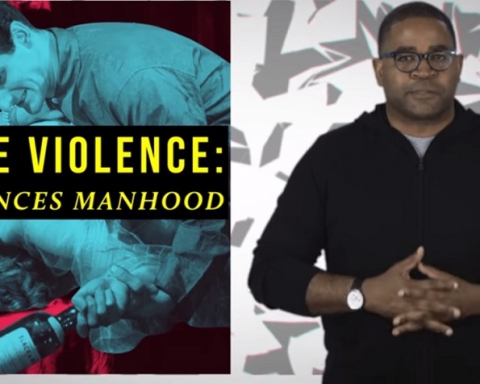We still have far to go in our understanding and discussion of the violences of men in the United States and abroad. Domestically, there has been increasing recognition in the wake of acts of mass violence in schools that a common trait in each of the perpetrators–who are predominantly young white men–is a history of violence in their intimate relationships (whether those relationships are actual, or merely desired). Relationship and domestic violence is often an indicator that a perpetrator may escalate violence, and if the perpetrator is a white man, they are likely to take their violence from the private to the public realm. Are there even earlier indicators that a man has the potential to engage in relationship, domestic, or other forms of violence?
Seeking to answer that question, Promundo, with funding from the Oak Foundation, conducted an in-depth research project resulting in the paper, “Masculine Norms and Violence: Making the Connections.” The Bridges We Burn regular contributor (and Board Member), Brian Heilman was the lead author, and I was fortunate to contribute to early research and brainstorming on the project.
The report looks at the relationship between masculine norms (what we here refer to as either hegemonic masculinity or toxic masculinity) and eight forms of violent behavior: intimate partner violence, physical violence against children (by a parent or caregiver), child sexual abuse and exploitation, bullying, homicide and other violent crime, non-partner sexual violence, suicide, and conflict and war.
– Brett Goldberg
Read a summary of key findings or download the full report via Promundo.




